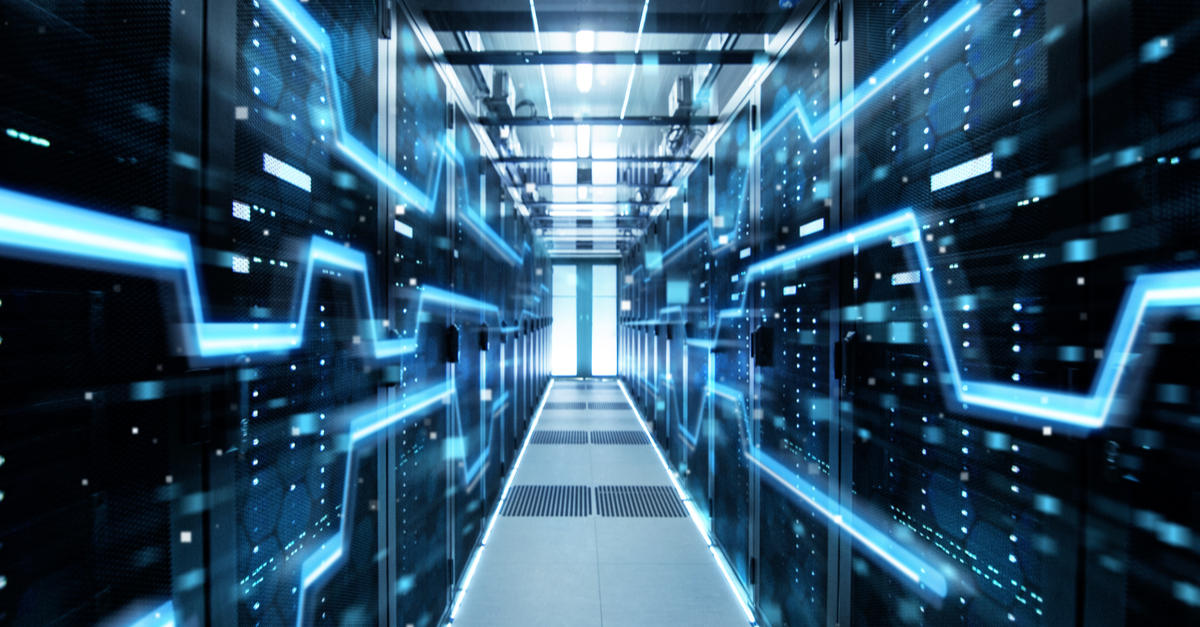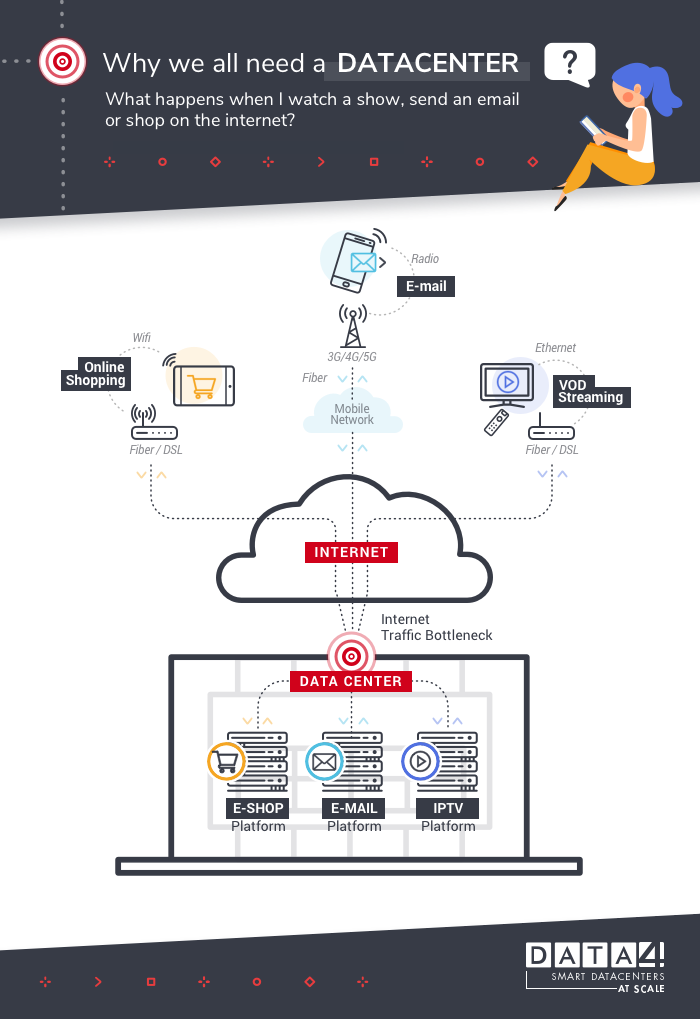
Humans produce and consume an incredible amount of data via the digitisation of information, intellectual productions, Internet searches, sending emails, photo and video content, connected objects, etc.
Simultaneously, the current health crisis has only increased the production and use of digital data, and has forced companies to take up major IT challenges. Whether this involves activating VPNs to enable remote employees to access company resources and various business applications; strengthening or simply mass deploying high-performance communication and collaboration tools such as Teams or Zoom; or even developing virtual collaborative spaces, the current health crisis has only increased the production and use of digital data. Companies must quickly implement a flawless IT organisation model that allows their employees to benefit from the appropriate digital tools to promote teleworking and enable the continuity of their strategic activities. Furthermore, it is clear that the increase in global bandwidth already impacted by the digital revolution and the exponential development of the IoT, combined with a growing demand for content from people in lockdown, is creating an enormous new mass of data and requires ever more powerful networks.
 How is all this data delivered?
How is all this data delivered?
When a person shops online, watches a series on their phone or sends an email, all of this information is operated by data centers.
The data passes through networks and communication systems (cables, fibres, routers, etc.) and is stored for processing in storage servers, application servers or databases. It then returns to the Internet user via the Wi-Fi network or fibre/DSL for e-commerce, the mobile network for email and finally the fibre/DSL and Ethernet network for VOD.
So what is the key role of data centers as the backbone of global IT?
All of this data is typically stored and made available in the cloud, but this does not mean that it is not hosted by hardware infrastructures. It is actually stored in infrastructures managed by third parties at remote sites –data centers, which companies can access via Internet connections. Data centers are centralised physical locations that bring together and concentrate proven IT equipment and networks. Their role is to collect, store, process, distribute or provide access to all this data. More concretely, data centers host websites, run e-mail and instant messaging services, provide applications in the cloud, activate electronic transactions, power online gaming communities, etc.
Evolving communication hubs with distinct vocations
Data centers contain groups of high-performance interconnected IT equipment or “server farms” and storage systems. These are hosted in computer rooms or in entire data center campuses; they are modular and evolve according to customer needs. For example, server groups can be dedicated to specific types of applications, perform a single task, or be dedicated to specific customers. The networks and telecom solutions (switches, routers, cables, fibres, etc.) that equip the data center are essential for maintaining communication with the outside world and between servers and equipment. They redirect traffic to avoid bottlenecks or activate redundancy systems to ensure business continuity. Data centers are equipped with very high-speed telecom inputs (Internet connections, high-speed links, etc.) and often offer several Internet Service Providers (ISPs) and telecom operators to provide load sharing and additional redundancy.
Resilient and secure infrastructures that guarantee continuity of service
Data centers need to maintain fast, uninterrupted service and 24/7 operation to enable companies to ensure business continuity in all circumstances. Because they handle sensitive or proprietary information, sites are physically secure, reliable, resilient and equipped with the latest technology. In addition, software systems remotely monitor equipment and measure performance in real time without the need for on-site presence.
Eco-responsibility: a major challenge for the data center industry
Ecological awareness is also at the heart of the concerns of professionals in the sector. In addition to the challenges of connectivity, business continuity and security, data centers are also subject to requirements in terms of energy efficiency and respect for the environment. Faced with the high thermal densities they generate, which vary according to the type of equipment and climatic fluctuations, they must have the best cooling and air-conditioning technologies while maintaining high energy efficiency through the increasing adoption of renewable energies. At DATA4, we are convinced that data centers also help to make our customers aware of these environmental issues. This is why, through our Smart DC offer, we have chosen an innovative and exclusive approach by designing intelligent buildings called “smart data centers” that combine an enhanced user experience with guaranteed operational excellence and optimised energy and resource consumption. This approach allows us to make our customers aware of the ecological impact of their infrastructures by providing them with performance and environmental indicators.
Faced with the current pandemic context, customer requests for urgent additional interconnections and the increase in Internet traffic allow the sector to measure in the short term its ability to manage these new and unexpected needs to ensure service continuity and take appropriate measures accordingly. In the longer term, the development of teleworking, telemedicine and digital schooling initiatives could accelerate. In this context, data growth will accelerate and the role of the data center will further increase to ensure the continuity and secure support of business operations and real-time access to global information and data.

